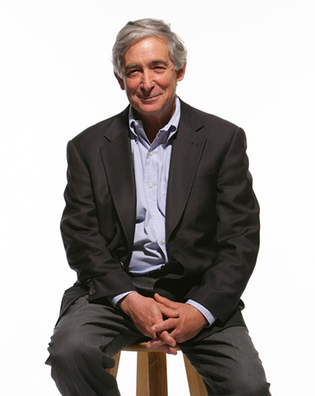 loading
loading
MilestonesA scholar of humans—and natureEnvironment school professor Stephen Kellert ’71PhD was “always looking to the next thing on the horizon.”  Stephen Kellert ’71PhD, a longtime professor at the School of Forestry and Environmental Studies, died in November. View full imageStephen Kellert ’71PhD, a professor emeritus at the School of Forestry and Environmental Studies whose pioneering research illuminated the deeply rooted bonds between humanity and the natural world, died on November 27. He was 73. “He was always looking to the next thing on the horizon,” says Nicole Ardoin ’09PhD, an associate professor at Stanford who completed her PhD under Kellert. “He would consider the critical issues facing humanity and the environment, and he would wonder how do we, as interdisciplinary social scientists, bring the best of our knowledge and scholarship to bear on those issues.” But even with the grand scope of his pursuits, Kellert remained finely tuned to detail. Ardoin described returning to his office after months of fieldwork and talking at length about the knot of ideas she was struggling to untangle. Kellert listened, then turned to a flip chart he kept in his office and started sketching. “He came up with this really clear and concise diagram of what I had described,” says Ardoin. “He had an incredible ability to synthesize material into its essence.” To this day, she keeps some of his diagrams folded in her filing cabinet. In 1977, after completing his PhD in sociology at Yale, Kellert joined the environment school as a senior research associate and lecturer. Eleven years later he had been promoted to full professor and, in collaboration with Harvard professor E. O. Wilson, was well on his way to establishing the theory of biophilia, which elucidates humanity’s innate connection to nature. Kellert retired in 2010 as the Tweedy Ordway Professor of Social Ecology; he had also served as director of admissions, chairman of the budget committee, and associate dean during his tenure at the school. After retirement, he continued to teach classes and pursue a prolific and expansive research agenda that touched on fields from architecture to wildlife biology, from venture capital to the high-tech sector. “His mind was always going with so many ideas, always making connections,” says Ardoin. “He had a boyish enthusiasm for absolutely everything.”
The comment period has expired.
|
|